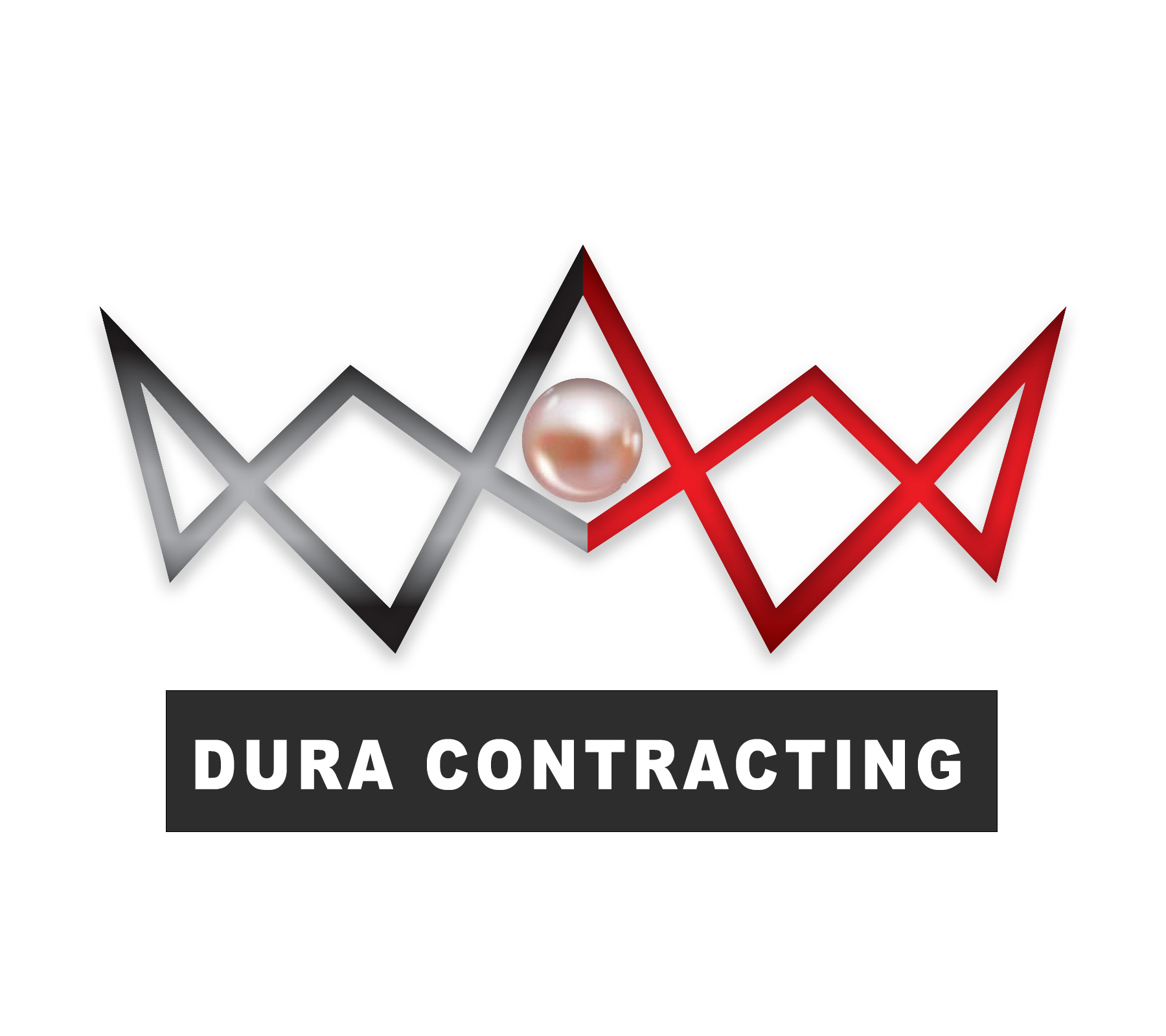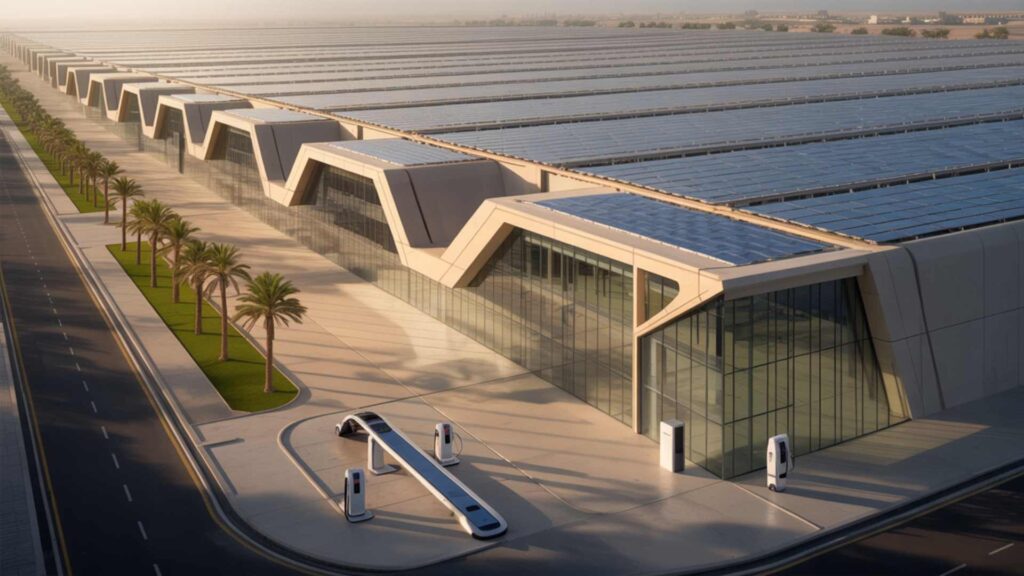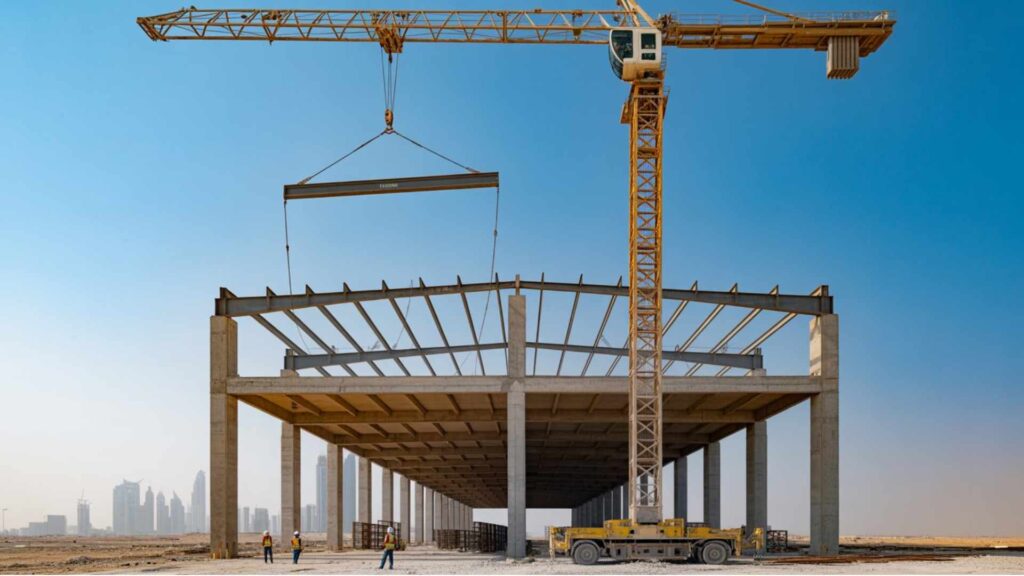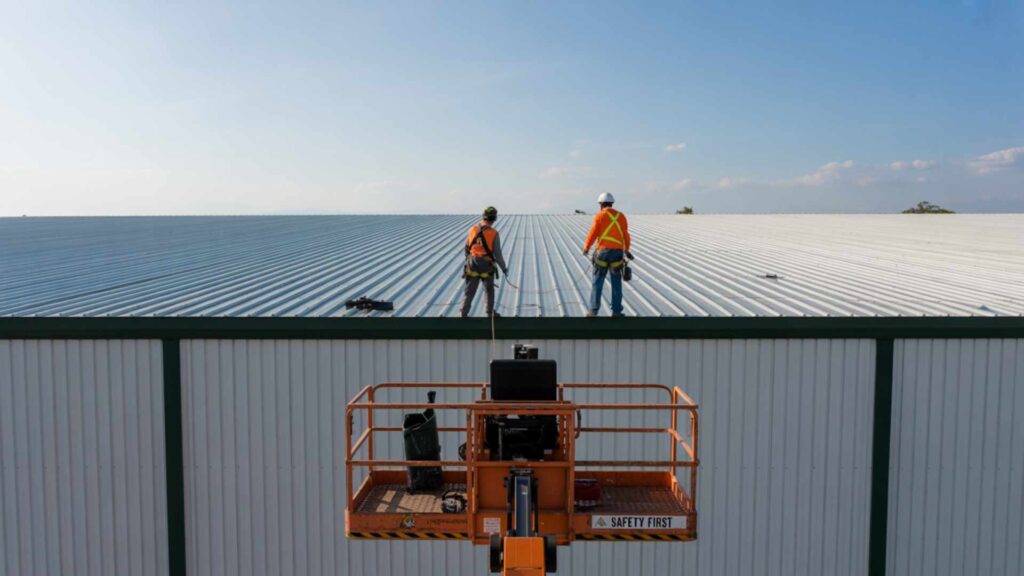Dubai has emerged as one of the world’s busiest trade and logistics capitals. From Jebel Ali Port to Al Quoz Industrial Area, the city hosts thousands of warehouses that power e-commerce, retail, aviation, and manufacturing supply chains. In this competitive ecosystem, warehouse design has become more than just constructing storage spaces — it’s about building smart, sustainable, and future-ready facilities.
Modern warehouses in Dubai focus on space optimization, energy efficiency, automation, and compliance with local regulations, while still being adaptable to changing business needs. Below, we explore the latest warehouse design trends in Dubai that are reshaping the logistics and industrial landscape in 2026.
Sustainable and Green Warehouse Design
Sustainability is now a non-negotiable in construction across Dubai, aligning with the UAE’s Net Zero 2050 vision. Warehouses are adopting green building practices that lower costs and meet environmental standards.
Solar Integration: Large rooftop spaces are being utilized for solar panel installations to generate clean energy and reduce grid dependency.
Energy-Efficient Lighting: LED and sensor-based lighting systems minimize electricity consumption.
Eco-Friendly Materials: Developers increasingly use recycled steel, high-performance insulation, and water-saving fixtures.
Certifications: LEED and Estidama certifications are becoming benchmarks for green industrial facilities in Dubai.
Electrification Infrastructure: Onsite EV charging and battery-swapping stations are being designed for fleets of forklifts, AGVs, and last-mile delivery vehicles.
Circular Design Principles: Buildings are now designed for disassembly and material reuse to reduce embodied carbon and support the circular economy.
A sustainable design is not just about reducing the carbon footprint; it also delivers long-term operational savings for businesses.
Smart Warehousing and Automation
Technology-driven design is at the heart of modern warehouses in Dubai. With rising e-commerce demand, businesses require faster, error-free operations.
IoT Sensors & Smart Monitoring: These track temperature, humidity, and asset movement in real time; crucial for pharma, FMCG, and perishable goods.
Warehouse Management Systems (WMS): Seamlessly integrates with ERP systems to enable real-time visibility and automation in inventory tracking.
Robotics & Automation: Automated storage and retrieval systems (ASRS), robotic arms, conveyors, and guided vehicles are increasingly integrated into warehouse layouts.
Cobots (Collaborative Robots): Human-robot collaboration improves accuracy and efficiency without fully replacing manpower.
AI-Based Layout Planning: Artificial intelligence is used to optimize floor plans, reduce bottlenecks, and improve throughput.
Augmented Reality (AR) & Wearables: Smart glasses and exoskeletons are used for picking guidance, inspections, and worker support.
Predictive Maintenance: Equipment downtime is minimized with sensors and AI models that detect and resolve issues before failures occur.
Cybersecurity Measures: As warehouses digitize, network security and data protection have become integral to resilient design.
Dubai’s push toward Industry 4.0 is making warehouses highly efficient, data-driven, and less reliant on manual labor.
Space Optimization and Flexible Layouts
With land in Dubai being expensive, warehouse designs now emphasize vertical storage and modular solutions.
High-Density Racking: Double-deep racks, drive-in racks, and push-back systems maximize floor space.
Mezzanine Floors: Adding intermediate levels increases storage or office space without expanding the footprint.
Modular Design: Prefabricated structures and flexible shelving systems allow companies to reconfigure spaces based on changing demands.
Hybrid Facilities: Warehouses are being designed to accommodate multiple functions like storage, order fulfillment, light manufacturing, and returns processing under one roof.
Micro-Fulfillment Centers: Small, urban warehouses — often called dark stores — are emerging to support ultra-fast last-mile delivery.
Adaptive Architecture: Structural flexibility enables future upgrades, such as converting standard warehouses into cold storage facilities.
These designs help businesses in Dubai scale operations efficiently without investing in new land or larger facilities.
Resilience and Safety Compliance
Dubai’s climate and strict regulations make resilience and safety central to warehouse design.
Durable Materials: Warehouses are built with steel-reinforced concrete, heat-resistant roofing, and waterproofing solutions to withstand extreme heat and heavy rains.
Climate-Responsive Design: Double-skin facades, reflective coatings, and advanced insulation are used to manage desert heat.
Fire Safety & Codes: Fire-resistant panels, advanced sprinkler systems, and emergency access points are mandatory by Dubai Civil Defence standards.
Seismic and Load Compliance: Designs now integrate load sensors and rack protections to ensure safe storage of heavy goods.
Worker Safety: Proper ventilation, ergonomic layouts, safety signage, and wearable tech reduce workplace accidents.
Compliance-focused design ensures smooth approvals from Dubai Municipality and Civil Defence while minimizing operational risks.
Strategic Location and Logistics Integration
Warehouse design is not limited to architecture; it also aligns with Dubai’s logistics infrastructure.
Proximity to Ports & Airports: Facilities near Jebel Ali Port, Dubai Industrial City, and Al Maktoum Airport reduce transportation costs and lead times.
Smart Connectivity: Integration with logistics corridors ensures seamless last-mile delivery, essential for e-commerce fulfillment.
Autonomous Logistics: Dubai is piloting autonomous trucks and drone corridors for faster and more sustainable distribution.
Digital Leasing Platforms: Blockchain-enabled platforms are being adopted by Dubai Customs for transparent warehouse leasing and compliance management.
In Dubai, location and connectivity are as crucial as physical design when it comes to warehousing.
Regulatory Outlook & Market Growth
Dubai is tightening its green building codes to ensure all new warehouses meet sustainability standards.
The UAE warehouse automation market is projected to grow at a CAGR of 13.4% through 2026, reflecting strong investment trends.
Free zones are offering incentives for companies adopting green and automated warehouse solutions.
Understanding these regulations helps businesses design future-ready facilities while maximizing ROI.
Challenges in Adopting Modern Warehouse Design
While these trends are transforming the industry, businesses face challenges such as:
High upfront investment for automation and green technologies.
Workforce training requirements for robotics and digital systems.
Cybersecurity risks due to connected systems.
Regulatory compliance complexity across free zones and municipalities.
Planning for these challenges ensures smoother adoption of modern warehouse solutions.
Conclusion
Warehouse design in Dubai is no longer about building large storage halls. It is about creating intelligent, efficient, and sustainable logistics hubs that can support the city’s vision as a global trade leader. By adopting green building practices, automation, flexible layouts, resilient materials, and strategic placement, businesses gain an edge in cost savings, compliance, and scalability.
Durra Altaj supports this transformation by delivering modern warehouse solutions tailored to Dubai’s unique industrial demands.
FAQs
1. What makes Dubai’s warehouse designs unique?
They combine sustainability, smart technology, and resilience, tailored for Dubai’s climate and logistics infrastructure.
2. Are solar-powered warehouses cost-effective in Dubai?
Yes. Dubai’s year-round sun makes solar installations highly efficient, reducing long-term energy costs.
3. How is automation changing warehouses in Dubai?
Automation reduces manual work, improves accuracy, and speeds up order fulfillment through robotics, IoT, and WMS integration.
4. Why are mezzanine floors popular in Dubai warehouses?
They increase storage capacity and can be used for offices or packing stations without expanding the building’s footprint.
5. What regulations must warehouses comply with in Dubai?
Warehouses must meet Dubai Civil Defence fire codes, structural safety standards, and local zoning regulations.
6. How do businesses choose the best warehouse location in Dubai?
Proximity to ports, airports, and logistics corridors is key to reducing delivery time and transportation costs.
7. What new technologies are emerging in Dubai warehouses?
Digital twins, AR-based picking systems, cobots, predictive maintenance, and autonomous logistics are shaping the next generation of warehouse design.



